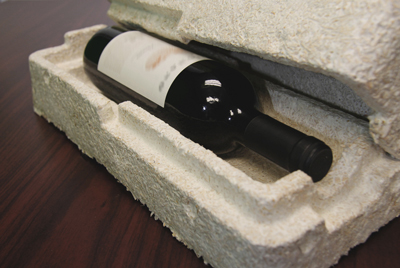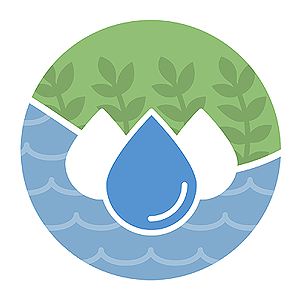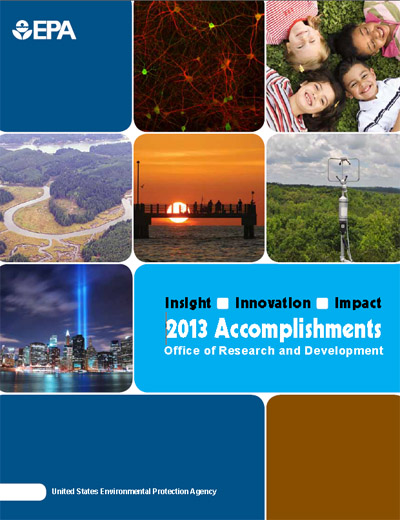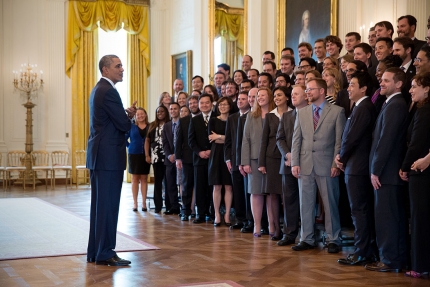Come See Innovation this Weekend!
Cynthia Nolt-Helms
Spring is here, and there is much to look forward to in Washington, DC! Besides enjoying cherry blossoms and sunnier weather, I look forward to innovation. Odd, I know. But along with the flowers and festivals, innovative green technologies come to the DC area, too. This coming weekend, April 11-12, EPA is sponsoring the 11th Annual EPA People, Prosperity and the Planet (P3) student design competition for sustainability.
The EPA P3 Competition is an annual event for teams of graduate and undergraduate students to design solutions for environmental and sustainability challenges. Some 250 students representing 42 teams from colleges and universities across the country will be showcasing their ideas for green technologies and competing for the EPA P3 Award and a Phase II grant of up to $75,000.
These creative students, passionate about promoting a sustainable world, already have competed in the first phase of this national contest. They won a Phase I grant of $15,000 to work on their project during the school year.
Through EPA’s P3 Program, the students demonstrate their ability to work in multidisciplinary teams, navigate competition requirements, and perhaps most importantly, communicate the value of their ideas to a broad range of people. From the judges convened by the American Association for the Advancement of Science (AAAS) to the school children who may visit their exhibits, the teams will be explaining how they are taking their innovations from the drawing board to the real world for the benefit of people, to promote prosperity and to protect the planet. That’s P3!
In the interest of fairness, I don’t want to highlight any one of the competing teams. But I do get to brag about the accomplishments of past EPA P3 winners we were able to support through the program. To date, 25 percent of award winning teams have gone on to start companies or form nonprofit organizations. Through the years, faculty have used the program to develop college-level courses in sustainability where none had existed before. Because they won an EPA P3 Award, students have received other awards, funding and recognition—from coveted fellowships to investment capital to international environmental awards.
Now we’re at the beginning of a new cycle of accomplishments for a new class of P3 teams. Spring is a time of promise, and this week brings a new crop of green technologies that we think hold promise. For me and the rest of the EPA P3 team, the expo is the fun part of our jobs!
We hope you will join us. Meet the teams. Learn something about the environment you didn’t know. Explore solutions with the students.
Every year we are amazed and inspired by them. We think you will be too!
11th Annual EPA P3 Competition at the National Sustainable Design Expo:
- Saturday, April 11, 10:00 am to 6:00 pm
- Sunday, April 12, 9:00 am to 6:00 pm
- Oronoco Bay Park, Alexandria, Virginia
About the Author: Cynthia Nolt-Helms has directed the P3 Program since 2006. A native of Oregon, she felt compelled from an early age to preserve the planet. Seeing public service as an opportunity to have a broad impact, she thought the EPA was a logical fit for her professional and personal goals. In 25+ years there, she has developed national wildlife criteria under the Clean Water Act and has led grant initiatives for clean water.



 – specifically, nitrogen and phosphorus. These nutrients are essential for ecosystems, but too many of them in one place is bad news. Not only do harmful algal blooms pose huge risks for people’s health, they can also cause fish and other aquatic wildlife to die off.
– specifically, nitrogen and phosphorus. These nutrients are essential for ecosystems, but too many of them in one place is bad news. Not only do harmful algal blooms pose huge risks for people’s health, they can also cause fish and other aquatic wildlife to die off.







